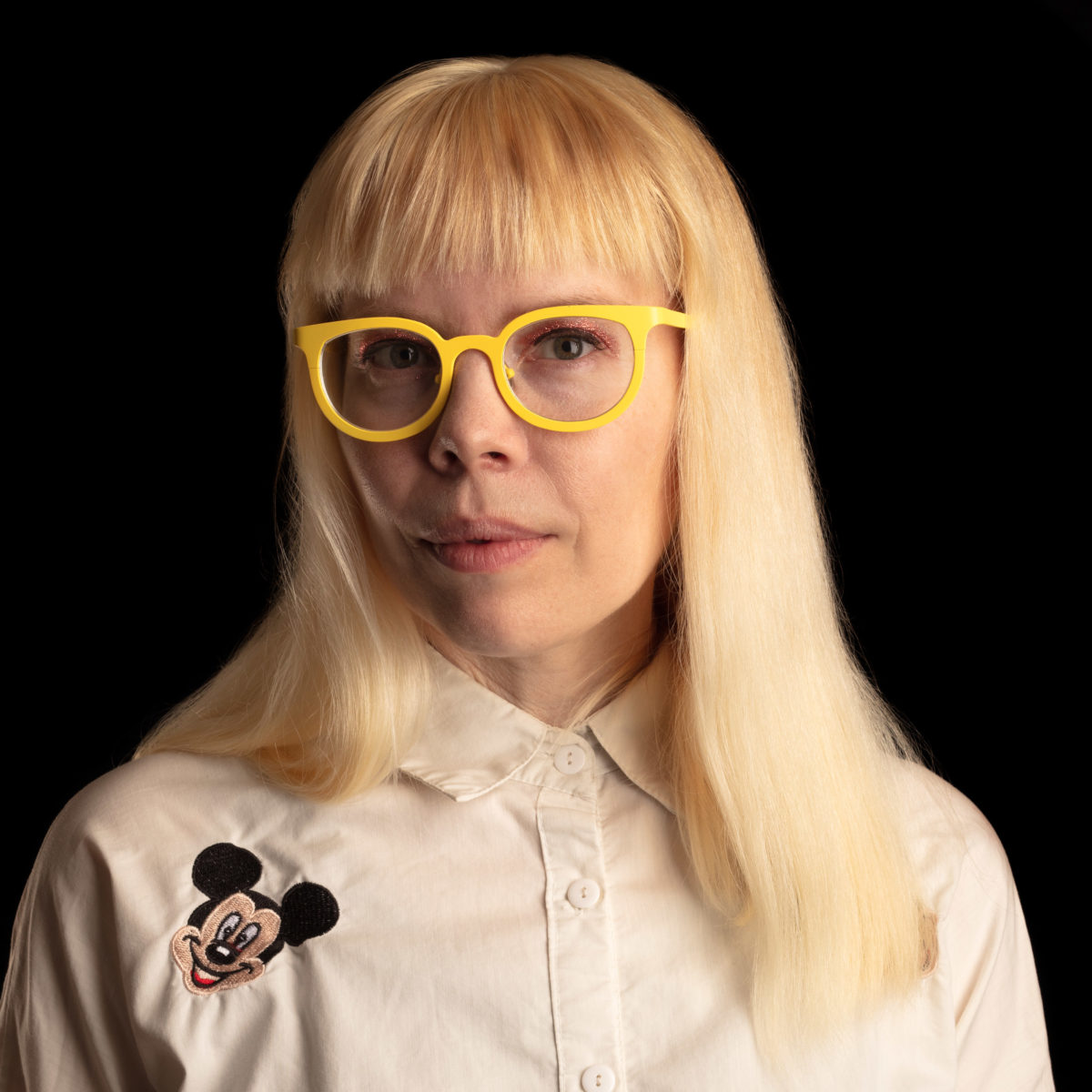
Kate Durbin is a poet, filmmaker, and artist whose work engages practices of digital art, performance, and documentary poetics but is confined to none of these categories. The prose poems in her 2014 collection E! Entertainment (Wonder Books) position themselves in the midst of Reality TV Shows. These pieces—which record scenes, interiors, and even soundtracks from The Hills, Keeping Up with the Kardashians, The Girls Next Door, and The Real Housewives franchise—are able to be deeply interested in these shows—even loving them—without mirroring their blind spots or misogyny, retraining and recalibrating our “watching.”
You have reached your article limit
Sign up for a digital subscription and continue reading all new issues, plus our entire archives, for just $1.50/month.
Already a subscriber? Sign in




